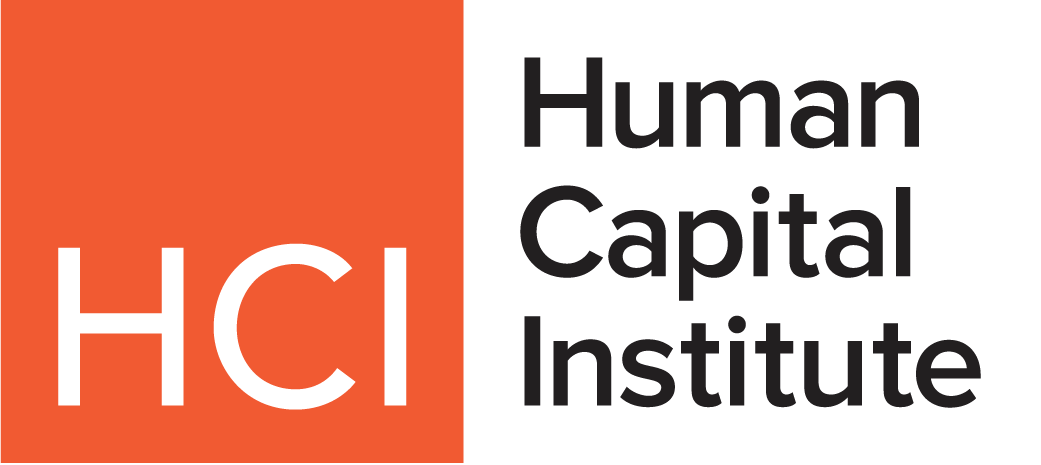Employee handbooks are meant to be a compliance cornerstone. Yet new research from Brightmine shows many organizations may be falling behind in keeping them current. Fewer than half (48%) of HR professionals surveyed feel very confident that their organization’s handbook accurately reflects all current employment law requirements that are applicable to their company.
A handbook that is outdated, inconsistent or misaligned with current organizational practices can sow confusion, erode employee trust and expose organizations to costly compliance risks or reputational damage.
That’s why HR leaders should closely examine where current handbook processes fall short and address any existing gaps between policies and legal requirements. Only when handbooks are managed as living, strategic documents can they truly serve their purpose: a resource that protects against compliance risk, reinforces organizational culture and provides clarity and consistency in daily operations.
The Current Reality: A Moving Target for Compliance
Handbooks are one of the most important documents an organization maintains, serving as both a central reference point for workplace policies and proof of legal compliance. They also convey vital information about expectations for conduct among employees and managers, helping to shape a healthy and transparent company culture.
According to the Brightmine survey, 62% of organizations review their handbooks for legal compliance only once a year or less. In today’s legal landscape, where change is the only constant, that cadence might not be enough.
States like California implement legal updates throughout the year, not just once in a neat update cycle – meaning a handbook revised in January could already be outdated by spring. These legal changes often extend beyond wage and hour laws, covering areas like workplace safety, leave entitlements, harassment prevention, and other areas that impact day-to-day operations.
If new legal changes aren’t captured quickly, employees and managers may be left following policies that no longer reflect the law. Even a short delay between when a law takes effect and when it is reflected in a handbook can expose organizations to unnecessary compliance risks and undermine leadership’s ability to apply policies consistently.
How HR Leaders Can Close Handbook Gaps
HR leaders should approach their employee handbooks as part of a broader compliance and culture shift and proactively implement processes to keep pace with evolving laws.
HR teams should consider strategies, such as:
- Auditing handbooks regularly: Treating handbook updates as an ongoing initiative, rather than an annual administrative task, allows HR leaders to close compliance gaps and build stronger, more informed teams. This is especially critical for organizations operating in multiple states. For those employers, leaders should consider focusing first on high-risk jurisdictions, such as California and New York, where the pace of legal change demands priority attention.
- Engaging cross-functional expertise: HR teams should involve legal, operations and finance teams in the handbook development and management process. Legal can help ensure handbooks are compliant with evolving laws, operations can help validate real-world applicability and finance can assess budgetary implications.
- Leveraging technology: Manual policy management can be time-consuming and overwhelming for HR teams. According to ASE research, 43% of HR leaders admit their teams feel burdened by the growing complexity and volume of HR responsibilities, with 53% reporting that manual management of policies and processes diverts valuable time from strategic initiatives. Compliance management tools can provide much-needed relief by automating the tracking of state and federal laws, issuing real-time alerts when regulations change and centralizing policy distribution to keep organizations aligned and up to date.
- Translating policy in action: A legally accurate handbook is only valuable if managers can apply it consistently and employees can understand it. That requires training managers on policies and procedures so they can enforce them accurately and communicate them clearly across their teams.
Why it Pays to Invest in Your Handbook
Too often, handbooks are viewed as administrative burdens, but the reality is that they carry significant financial, legal and cultural weight.
A single compliance misstep can cost far more than the investment required to keep policies updated. Beyond financial repercussions, compliance violations can damage an organization’s reputation, making it harder to attract talent, retain employees and maintain customer trust.
Culturally, a well-maintained handbook sets the tone for the workplace. Clear, consistent policies help employees understand expectations, foster confidence in leadership and reduce misunderstandings. By maintaining an up-to-date handbook, organizations can demonstrate a commitment to fairness and transparency and also build a healthier, more aligned culture.
Equally important, a handbook that evolves with changing laws positions an organization to respond quickly to new legislation, industry trends or unforeseen events – helping HR lead the way in organizational resilience.
Turn Handbooks from Static Documents to Strategic Assets
An employee handbook should be more than a compliance requirement. It should be a living, strategic document that protects your organization, empowers employees and reflects the values your workplace stands for.
Don’t wait for a compliance issue to expose outdated processes. Make your handbook a strong line of defense and a tool that inspires clarity, confidence and culture across your workforce.
Victoria Kelleher is Lead Survey Specialist at Brightmine, a leading global provider of HR data and insight. Kelleher oversees the design and execution of Brightmine research methodology, statistical analysis and communication of data-driven insights. She leads the company’s survey-based research, exploring various HR-related topics, such as recruitment, employee well-being and leadership development, to help organizations make informed, evidence-based people decisions.



